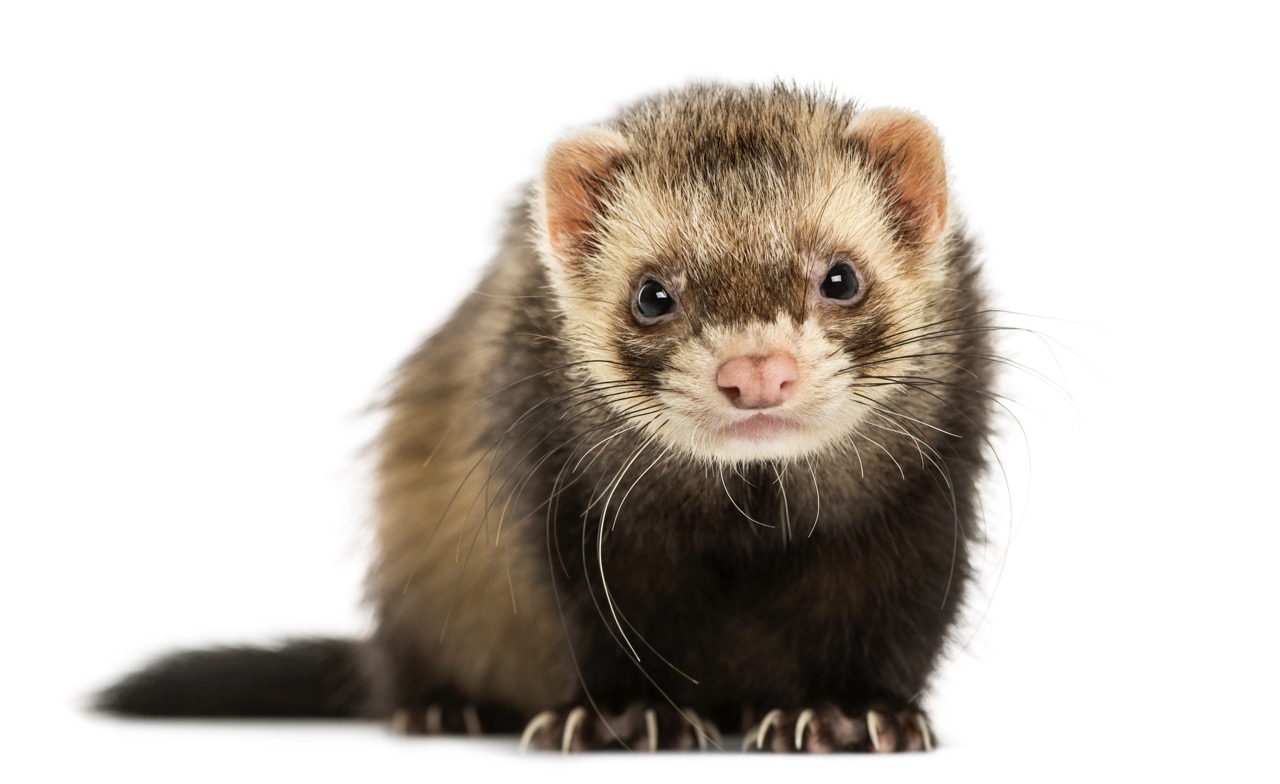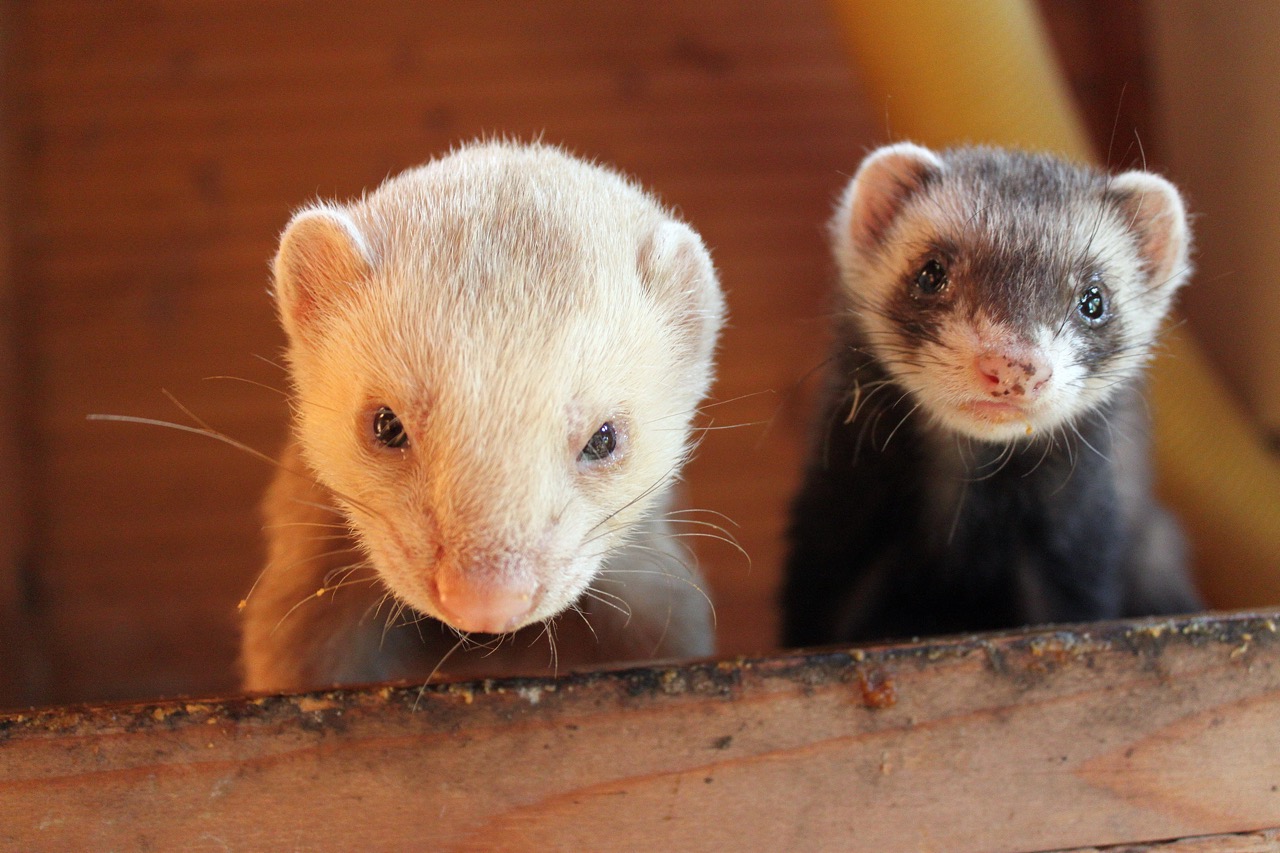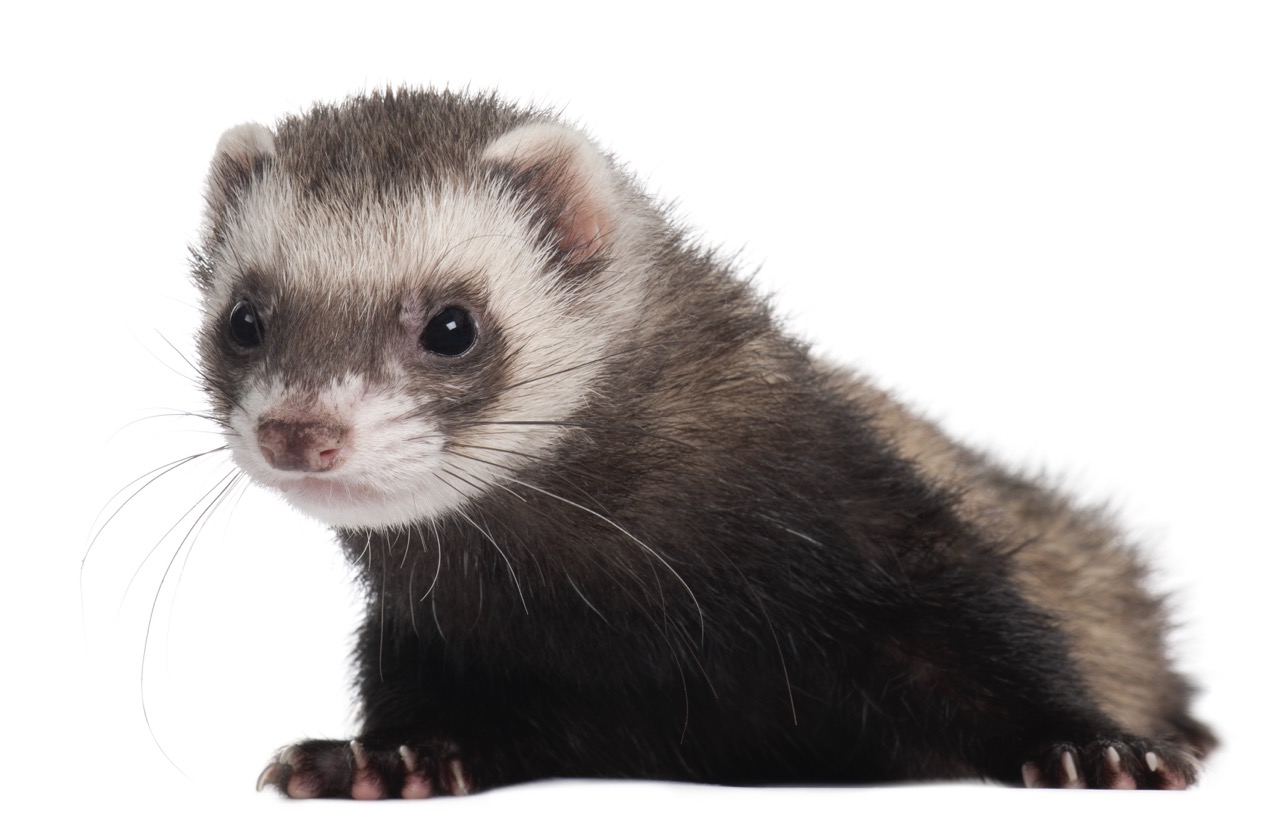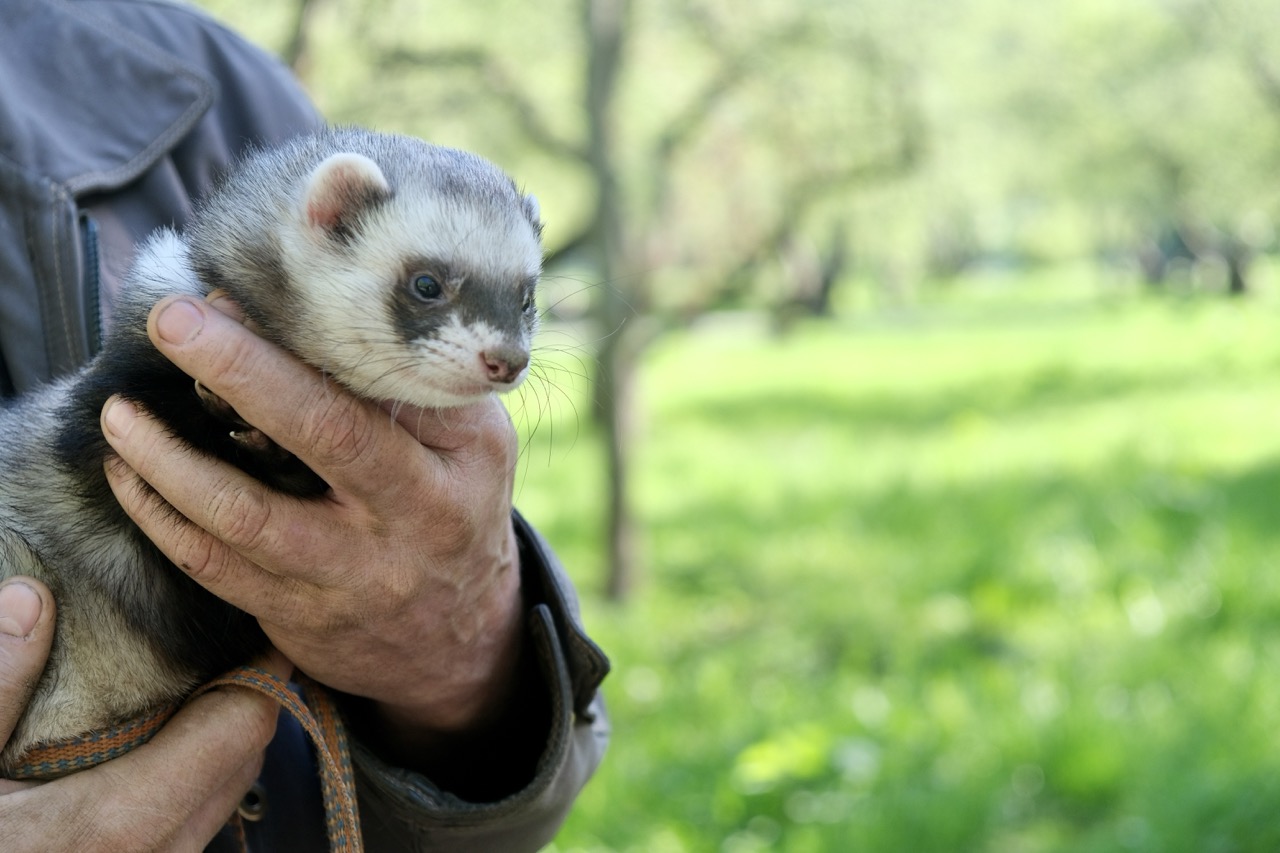Setting up a safe and comfortable environment for newborn ferrets is essential for their health and well-being. Ferrets, as playful and curious creatures, require specific care and attention, especially during their early days. Proper cage setup is crucial not only for their safety but also for their socialization and development. This article will guide you through the essential needs of newborn ferrets, how to choose the right cage, prepare the cage environment, and the necessary supplies to ensure their comfort.
Understanding the Essential Needs of Newborn Ferrets
Newborn ferrets, also known as kits, are sensitive and vulnerable during their early weeks of life. Understanding their essential needs is the first step in providing appropriate care. Temperature regulation is critical; kits cannot regulate their body temperature effectively until they are a few weeks old. A warm environment is necessary, ideally between 75°F and 80°F (24°C – 27°C), to prevent hypothermia, which can be fatal for young ferrets.
Nutrition is another crucial aspect of newborn ferret care. Kits rely on their mother’s milk for the first few weeks of life, which provides them with all the necessary nutrients. If the mother is unavailable, specialized kitten milk replacers can be used as a substitute. It’s important to avoid cow’s milk, as it can lead to digestive upset. After about four weeks, kits can begin transitioning to solid food, specifically formulated for ferrets or high-quality kitten food.
Socialization is equally important for the development of newborn ferrets. Interacting gently with kits helps them develop social skills and builds trust between the ferret and its owner. Spending time with them will encourage playful and exploratory behavior as they grow. However, it’s vital to ensure that they are not overwhelmed, as too much handling can lead to stress in such young animals.
Choosing the Right Cage for Your Newborn Ferrets
Selecting a suitable cage for newborn ferrets is paramount to ensuring their safety and comfort. A ferret-specific cage is ideal, as it features multi-level designs that cater to their energetic nature. When choosing a cage, consider one that has adequate space for the kits to move around, explore, and engage in natural behaviors. A recommended size for a ferret cage is at least 2 feet by 4 feet, with multiple levels and ramps to promote climbing and play.
The cage should be constructed from safe, non-toxic materials and have a solid floor to prevent any injuries. Avoid wire-bottom cages, as they can harm the delicate paws of newborns. Ensure that the bars are close enough together to prevent kits from escaping or getting stuck. Additionally, the cage should be secure and easy to clean, as hygiene is crucial in preventing any potential health issues.
An ideal cage setup for newborn ferrets should also include a secure area where the mother can care for her kits, if applicable. This can be a cozy nesting box within the cage that provides protection and warmth. For those raising orphaned kits, a safe space within the cage is necessary to help them feel secure while they adapt to their new environment.
Preparing the Cage Environment for Newborn Ferrets
Creating a suitable environment within the cage is vital for the well-being of newborn ferrets. Start by lining the bottom of the cage with soft, absorbent bedding. Safe materials include fleece, which is gentle on their skin and easy to clean, or paper-based bedding that is dust-free and hypoallergenic. Avoid cedar or pine shavings, as their strong scents can be harmful to the respiratory systems of young ferrets.
In addition to bedding, providing a nesting area is essential for newborns. This can be a small, enclosed space, such as a soft fabric pouch or a dedicated nesting box. The nesting area should be warm, as it allows the kits to cuddle together, which helps maintain their body temperature. Ensure that the box is easy to access for both the mother and the kits while being secure enough to prevent any accidental escapes.
Lastly, consider incorporating some safe toys or climbing structures within the cage environment. While newborn ferrets will primarily sleep and nurse during their initial weeks, having toys available encourages exploration and play as they grow. Ensure that any toys are free of small parts that could pose a choking hazard and are made from non-toxic materials. Rotate toys occasionally to keep their environment stimulating and engaging.
Essential Supplies and Accessories for Ferret Comfort
To ensure the comfort and well-being of newborn ferrets, certain supplies and accessories are essential. First and foremost, feeding supplies should be prioritized. If you are hand-rearing kits, nursing bottles specifically designed for small animals should be on hand, along with a high-quality milk replacer. It’s crucial to have a feeding schedule in place to provide the necessary nutrition as they grow.
Additionally, creating a temperature-controlled environment is vital. Consider using heating pads or heat lamps, but ensure they are placed safely outside the cage to avoid overheating. Managing the temperature within the cage will help the kits feel secure and comfortable. Always monitor for signs of overheating or distress, adjusting the environment as necessary.
Lastly, routine cleaning supplies are necessary to maintain a hygienic environment. Ferrets are prone to health issues if their living space is not kept clean. Use safe, non-toxic cleaning solutions to sanitize the cage regularly. Maintaining a clean environment not only promotes health but also helps establish proper litter box habits as the kits grow. A clean and organized cage will contribute significantly to the overall well-being of your newborn ferrets.
Setting up a cage for newborn ferrets involves understanding their unique needs and carefully choosing the right environment to promote their growth and development. By following the guidelines outlined in this article, you can create a safe, comfortable, and engaging space for your ferrets. Remember, attentive care during their early days will lead to a thriving, happy pet in the future. Always stay informed about their progress and adjust their environment as they grow to foster their natural curiosity and playful spirit. Your commitment will ensure a healthy and joyful life for your ferrets.










